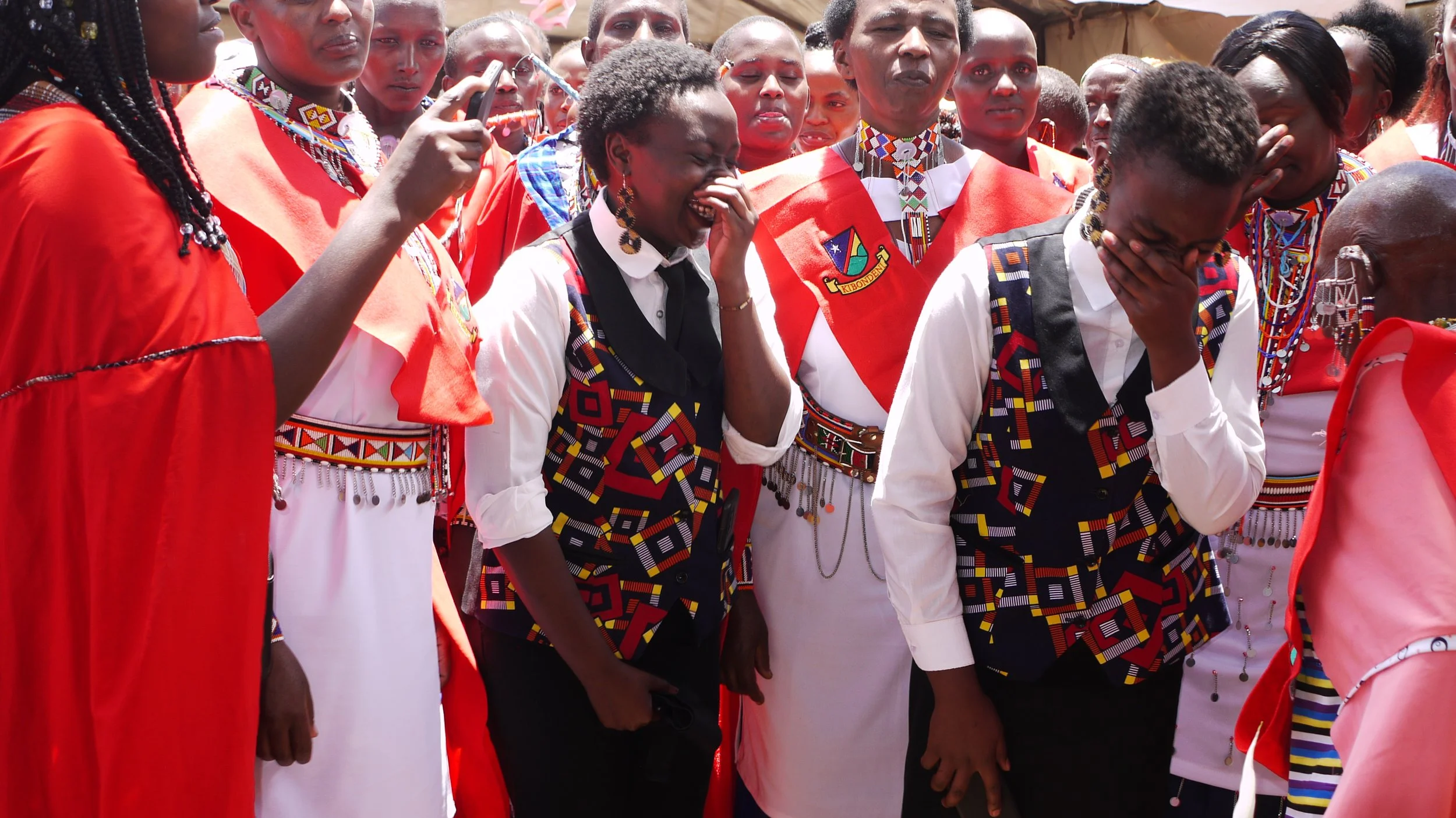OUR HISTORY
Since its inception, Women for Women in Africa (WFWIA) and our partner organisation Wanawake kwa Wanawake (WkW) in Kenya have been committed to empowering vulnerable women and children in Kibera through education, care, and community development. What began as a response to visible need has become a deeply rooted, life-changing movement.
Foundations and First Steps (1999–2004)
1999: Marguerite Ryan, Mary Campbell, and a small group of women visited Kibera and were moved by the immense need for support in the community.
2000–2004: Marguerite returned to Nairobi and, through Br Frank Chappell, began supporting two girls through school. Fundraising efforts in Australia soon began in earnest, with Noel O’Brien playing a key role. Small business initiatives were also introduced to assist families living in Kibera.
Establishing WFWIA and Early Programs (2004–2006)
2004: Women for Women in Africa (WFWIA) was formally established. The organisation began receiving pro bono legal and financial support from Freehills and Deloittes, thanks to the Rees family.
2005: The first women’s program, Jitahidi, was launched to support HIV-positive women and orphans. A house was purchased to house the program, supported by Noel O’Brien and Frank Hargrave.
2006: On April 24th, the Women for Women in Africa Foundation and an Ancillary Fund were officially established in Australia, becoming a tax-deductible recipient. The first Board and Committee of Management were formed. 115 students were supported, along with an empowering centre for homeless girls, Baraka School, and a micro-economic scheme. Brighton Grammar and St Scholastica’s School began supporting fundraising activities.
Building Structures and Expanding Reach (2007–2013)
2007: The Jitahidi house was sold, and funds established a general education fund. The Chappell Centre- a makeshift school operating out of three shipping containers.
2008: Br Frank returned to Australia. Sr Leonida Kwamboka was appointed Director. WkW Kenya was legally registered with five Trustees. The sponsorship fund was created, and the Jitahidi program concluded.
2009: The Australian High Commissioner officially opened a new toilet block. Food distribution and Tabletop Banking programs were also launched.
2010–2011: The Kenyan government’s infrastructure plans forced the closure of the Chappell Centre. It was a challenging time as WkW searched for a new location.
2012–2013: With support from Pam and Paul Vanderzalm, a house was purchased and transformed into the current WkW Centre. It was officially opened in December 2013 by the Australian High Commissioner.
Diversifying Support and Solidifying Infrastructure (2017–2021)
2017: Land in Kitengela was purchased for a future school, funded by Leonie Van Raay with support from Michael & Mandy Buckley.
2019: Salama House was purchased and renovated, offering a safe home for vulnerable girls.
2019–2021: COVID-19 response programs launched, including Emergency Food Packs, Knickers for Nairobi, and Christmas Appeals.
2021: A partnership with Eastlands College introduced the Street MBA and vocational training in cooking, housekeeping, and the ICT program was launched at the Centre through Nairobits.
A Hub for Hope and Growth (2022–2025)
2022: With a generous donation from Michael and Mandy Buckley, a new property in the Otiende business centre was purchased. It now hosts women’s programs and training for Maasai and Ugandan refugees and Kibera women. Marguerite Ryan retired; Mary Campbell became Chair.
2023: WFWIA had supported over 3,000 students and trained thousands of women. The new Otiende House became a home for boys at risk and a site for various programs. IT systems were upgraded, and a Future Strategy was launched.
2024: New programs including Girls Who Code and BuildHer were introduced. Table Banking was supported by Victory Funding. New branding and logos for WFWIA and WkW were introduced
2025: Mary Campbell (Chairperson) and Leonida Kwamboka (WkW Director) attended and spoke at the United Nations (UN Women) Commission for the Status of Women in New York City. A record number of tertiary students enrolled. The Loretta Brennan Tertiary Scholarship Fund and Marguerite Ryan Scholarship were launched. Renovations at Salama House were completed, and opened by the Australian High Commissioner to East Africa, Jenny da Rin, which now safely houses 20 girls. A new WFWIA website was launched.

